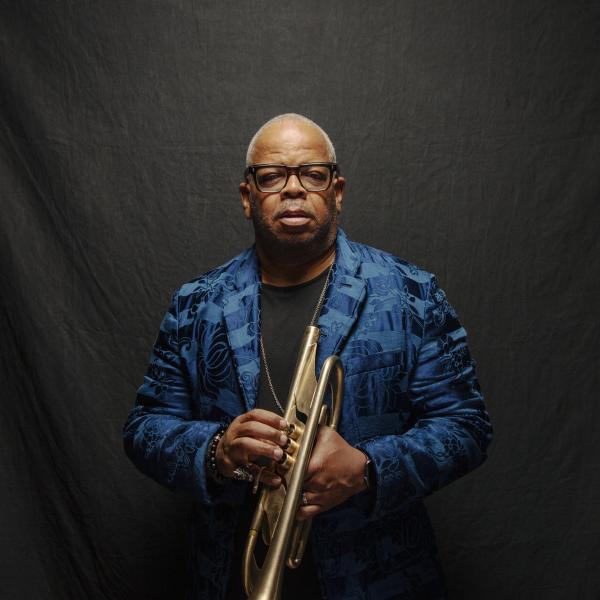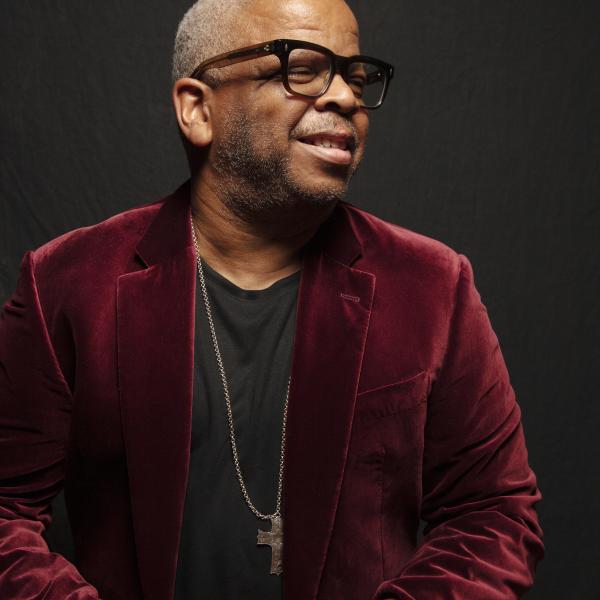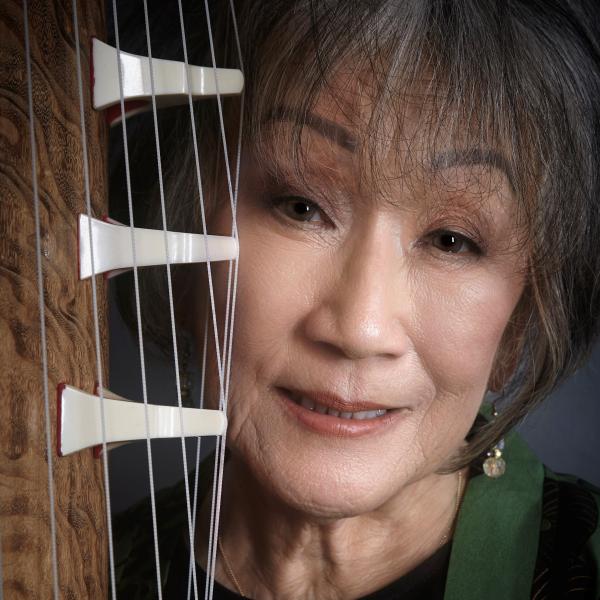The Life and Times of Julie Otsuka 1
Gary Okihiro: Japanese were at first welcomed into the United States, largely because the United States went to Japan. Japanese did not come to America, America went to Japan. In 1854, Commodore Matthew Perry opened Japan to Western trade, and the idea of recruiting Japanese laborers began, actually, in Hawaii, not on the West Coast, where the sugar plantations wanted Japanese as laborers. The West Coast subsequently recruited Japanese from Hawaii and from Japan to work in the farms and the various industries being developed along the West Coast. So the employers of Japanese Americans welcomed them as workers. What was the problem along the West Coast for Japanese Americans was that white workers saw them as competitors, just like they saw the Chinese who arrived in the late 19th century, before the Japanese.
Jo Reed: Were Japanese Americans—children born to Japanese parents—were they considered American citizens?
Gary Okihiro: Now, citizenship was defined by the United States in an act in 1790, right at the nation's foundation. It's called the Naturalization Act of 1790, which defined the qualification for people to become citizens of the United States, and it was restricted to "free, white persons." Since 1790, until 1952, that law applied to Asians who were considered aliens ineligible to citizenship. So the immigrant generations of Asians could never become citizens of the United States, with few exceptions. But the children born on United States territory, because of the 14th Amendment, which passed in the aftermath of the U.S. Civil War, accorded citizenship privileges to anyone born on U.S. soil. And that's how the second generation Japanese Americans, or the Nisei, unlike their parents, the first generation, the Issei, could become citizens by birth.
Author and scholar Gary Okihiro talk with the NEA's Josephine Reed about the history of Japanese immigration to the U.S.




